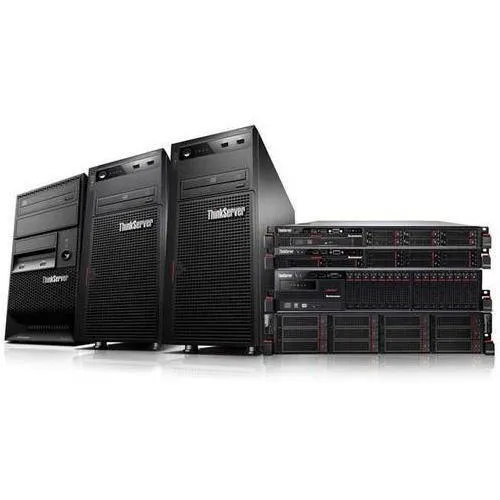Contents
If you are planning to install a server in your company irrespective of its size, the first thing you should do is evaluate the business needs and then finalize which brand server will better meet your workload demands.
Many companies are evincing interest in buying either a Lenovo or Dell server, both manufacture servers of different types and models. The server you choose depends purely on your business requirements and the memory and storage capacity you need to store the applications.
Both brands have been manufacturing newer server generations and models to meet the ever-changing demands of business, adding maximum value to the company.

The difference between Lenovo and Dell servers include:
Customer or technical support
Dell
There is no paid support program if you would like to download the latest firmware and new updates. The site will offer you the latest updates which you can install to improve security. The Pro support offered by Dell is a helpful program. If the company can afford to choose this support service, they can get premium support to troubleshoot the issues with servers.
Lenovo
Lenovo offers the best technical support around the clock. If you encounter any problem with the server or any challenges that arise using the server for small to large companies, they can contact the support team. You can call them to connect to the person who has extensive expertise to resolve the issue, solve interoperability issues, isolate the cause of the problem, offer documentation, and answer your common questions.
Reliability
Dell
Dell servers are highly reliable and durable, and it is rare to hear about the breakdown of servers. Dell EMC is continuously improving its servers.
Lenovo
In recent times, Lenovo servers have been ranked first for their reliability. Irrespective of the server model, they offer greater reliability and outstanding performance. They are designed for easier deployment and manageability in the scale-out clusters.
Price
Dell
The price of the latest models of Dell servers is less expensive. The spares and used servers are easier to find. These have become cheaper since many companies prefer to set up these servers in their data centers. The licenses also can be acquired easily.
Lenovo
These servers are a bit pricey. Also, there is an additional cost the companies must bear for the support every year. The licensing cost is the same as the other companies. The memory option cost is high. However, the best thing with these servers is companies do not have to spend extra for virtualization since these servers are integrated with virtualization without the need for VMware, HyperV, and so on.
Management tools
For the Dell servers, the best management tool available is iDRAC while for Lenovo it is an XClarity controller.
Dell
iDRAC has been improvised from one generation to another generation of server processors. There is no need to use Java for iDRAC7. This uses a physical license which is easy to procure even from the secondary market. Updates take a long time with iDRAC. With iDRAC, you can deploy, manage and monitor the server from a remote location. It also provides admin access to virtual, remote, and local environments, and operates them without using an OS. It is easy to sync the OpenManage tools of Dell with third-party solutions to make them a one-point control to save time and expenses.
Lenovo
The server downtime can be reduced to a maximum using the XClarity controller (XCC) to check the system continuously, send alerts, and carry out recovery steps when there is an event of failure. The server has a USB port in the front to support Xclarity mobile on Android or iOS devices. When there is any component failure in the server, the LED light will help IT admins instantly detect which component must be replaced to offer quick serviceability and cut down the downtime.
Deployment
Dell
The deployment of Dell servers is pretty straightforward and convenient to implement smoothly and without any hassle.
Lenovo
It is easy to set up the Lenovo servers, including the component and network connectivity.
Applications
Dell
PowerEdge servers such as XR11 and XR12 will allow you to take advantage of Dell’s server architecture. The servers are designed to work in extreme weather conditions. These are tough and built with shallow form factors. Both NEBS and MIL-STD compatible XR11 (1-socket, 1U), as well as XR12 (1 socket, 2U), are best for telecom, military, restaurants, and retail sectors. These servers offer the following:
- Reinforced chassis
- Good processor speeds
- Optane persistent memory support
- Maximum of 2GPUs
- Support reverse mounting
- Promote good airflow and keep server components cool
These servers have very less chance of hardware failure when working in tight spaces without giving up on the critical capabilities of the server and its performance. These can withstand heat, snow, dust, vibrations, and shocks.
Lenovo
These servers can handle mission-critical workloads and are best to be used in retail, manufacturing, healthcare, finance, supply chain, and so on.
Conclusion
These are the key differences between Lenovo and Dell servers. Now that you got to learn the differences, you can choose which server best fits your bill and the organizational needs.

